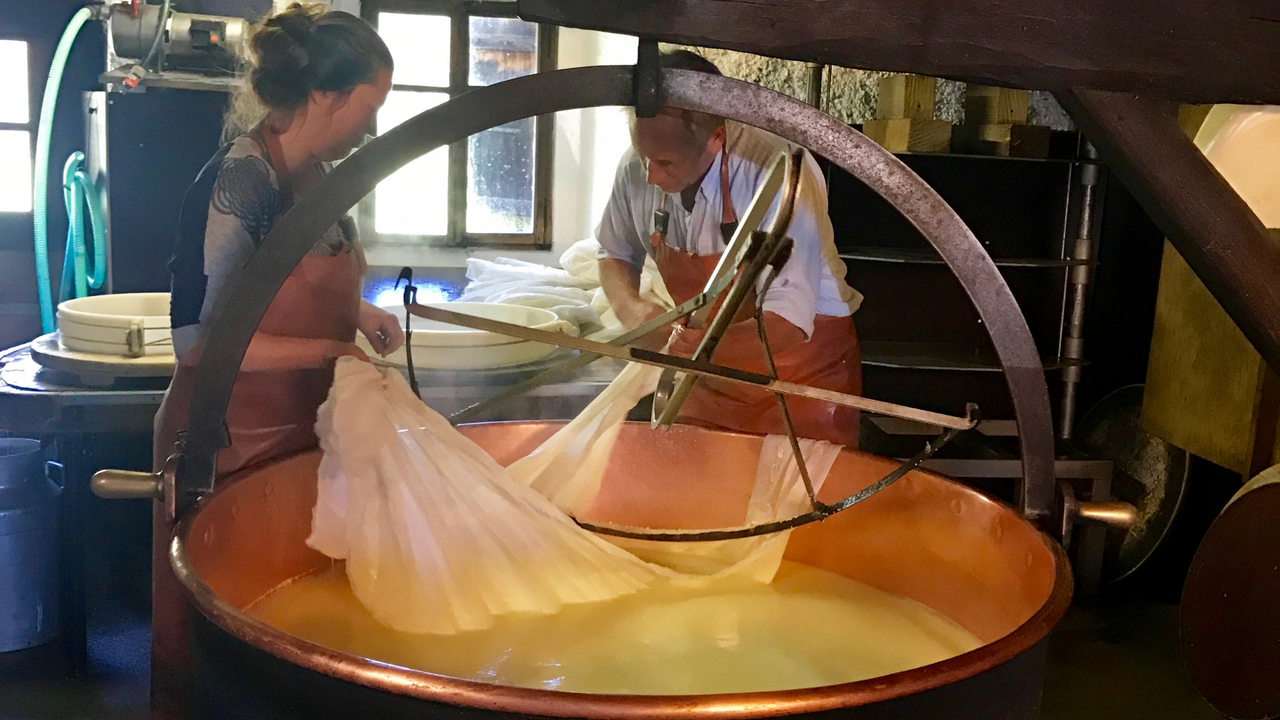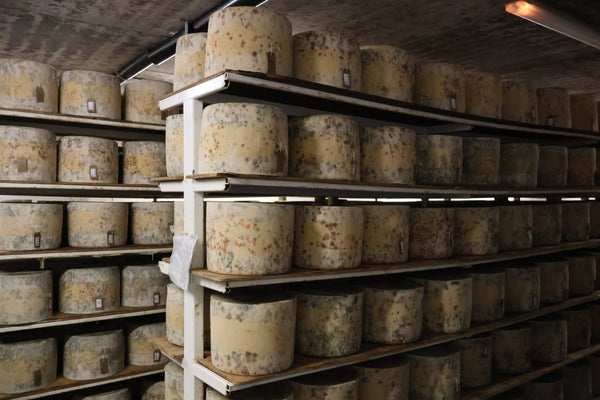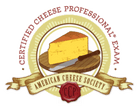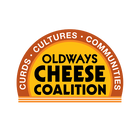What do Gruyere, Comte, Challerhocker, and Emmentaler all have in common? They are all mountain cheeses.
A mountain cheese is a firm cooked, pressed curd cheese. The curds are cut very small when producing a mountain cheese to expel more whey (water). Then the curds are heated, which releases even more whey. The more whey that is removed, the less moisture the cheese will have, allowing for more age-ability. The classic sweet flavor of mountain cheese comes from the slow, acid production during the cheeses aging, which sometimes can contribute to the holes or eyes in the cheese's paste. The eyes form from the carbon dioxide from the propionic cultures (bacteria) that thrive in low acid environments. Combined with the washing of the cheese's exterior during the aging process, the weak acid environment in the cheese promotes the growth of additional bacterias called Brevibacterium linens. These b-linen bacteria help bring out some of the more intense flavors in the cheese and encourage the development of the cheeses' natural rind.
There are two types of mountain cheeses: Mountain and Alp (Alpage) Cheese. Both are made in the same manner, but Alp cheese differs in that it is a product of transhumance. What's that, you ask?
Transhumance is a traditional practice where families and their herds of animals move up to high mountain pastures in the spring and make cheese in their mountain chalets all summer. They descend in the fall before the first snowfall. These chalets can be somewhat rustic, and life on the Alp is not easy. The number of families who still practice this traditional way of life has dwindled though there is a renewed interest in doing so and in their delicious cheeses. What makes Alp cheese so unique is the production, which is often over an open fire in the chalet and what the animals are grazing on.
The animals graze on rich, diverse pastures full of grasses, flowers, and herbs. This immense biodiversity funnels into the milk and contributes the grassy, nutty complex flavors this style is known for. High Alpine pasture is some of the most biodiverse places on earth, and transhumance contributes to their health and continued growth. Animals naturally aerate the land, and their waste fertilizes the grasses. Alp cheese is something to be celebrated as distinct from other mountain cheese.
Every fall, we up our Alp cheese game just in time for the holidays. We currently have L'Etivaz, Gruyere Alpage, and Vacherin Fribourgeois in the case. Along with all our mountain cheeses like Comte, Pleasant Ridge, Beaufort, Challerhocker, and Alpha Tolman, to name a few! This year we are super excited to have Adopted an Alp. Through the Adopt an Alp program, we agreed to purchase our Vacherin Fribourgeios from Alp Steiners Hohberg. Situated in the Fribourg canton, this Alp sits at 4200 meters overlooking the Muschgern Valley. Our direct support helps continue this traditional type of cheesemaking, and we are rewarded with genuinely fantastic cheese.










